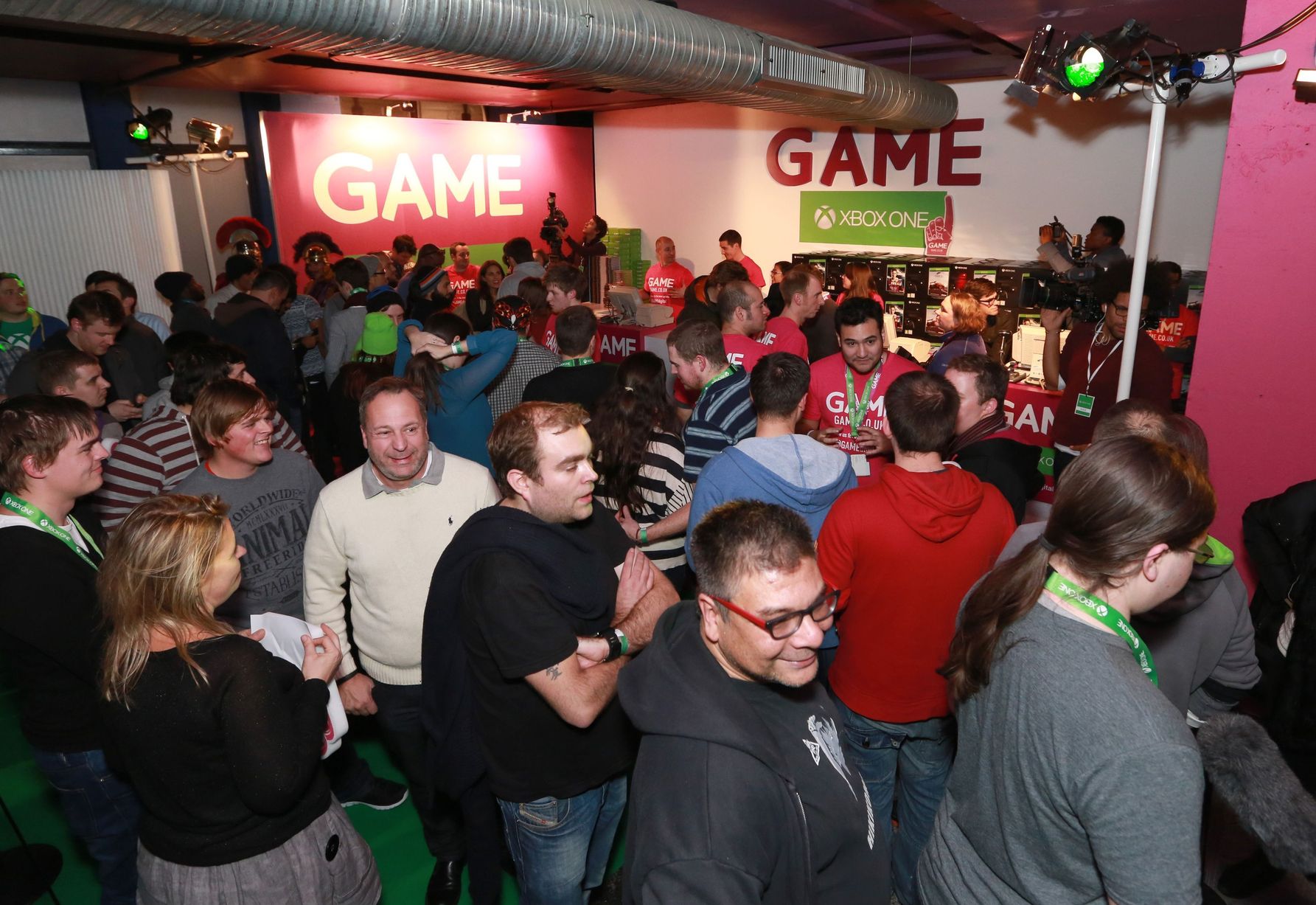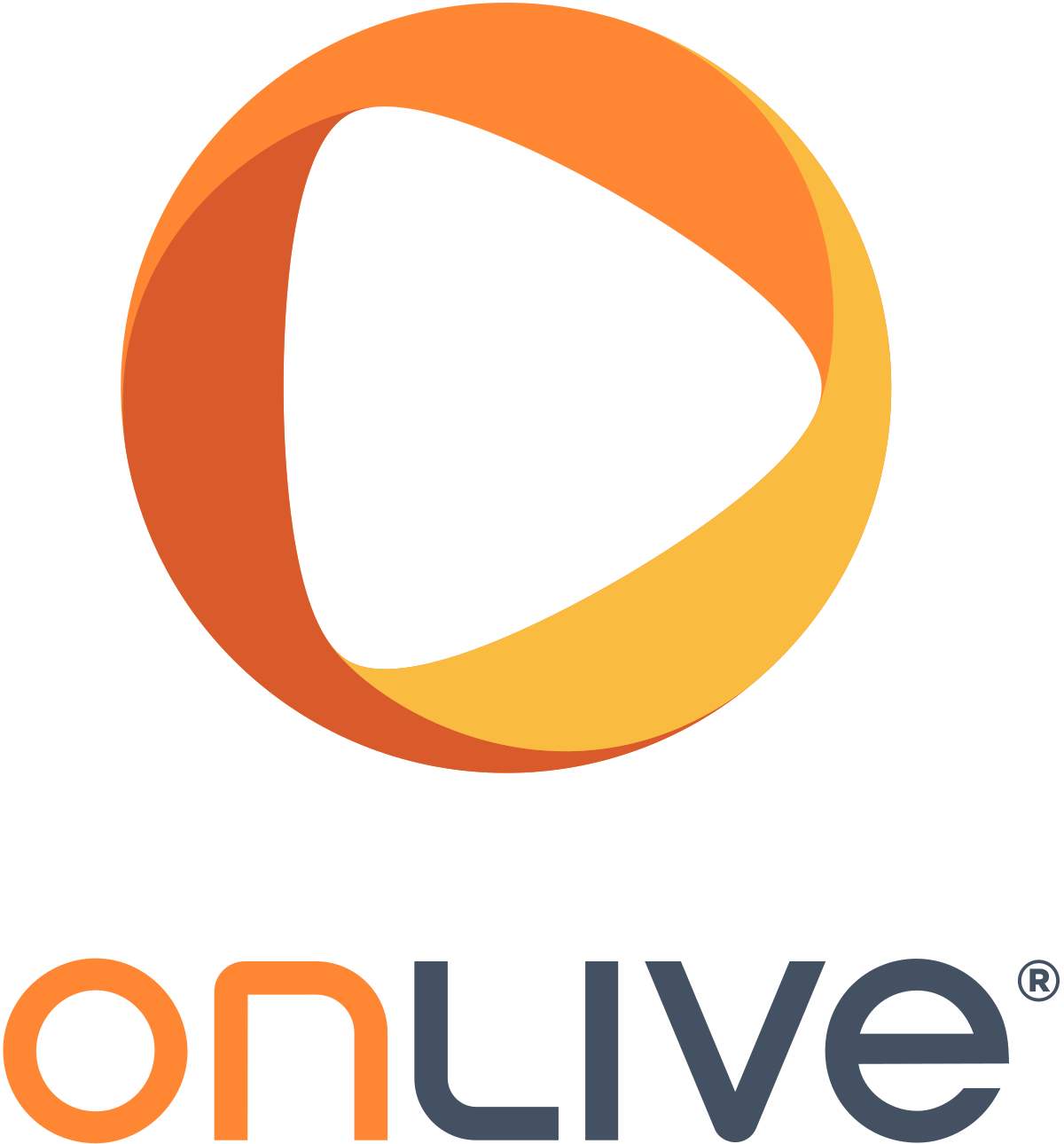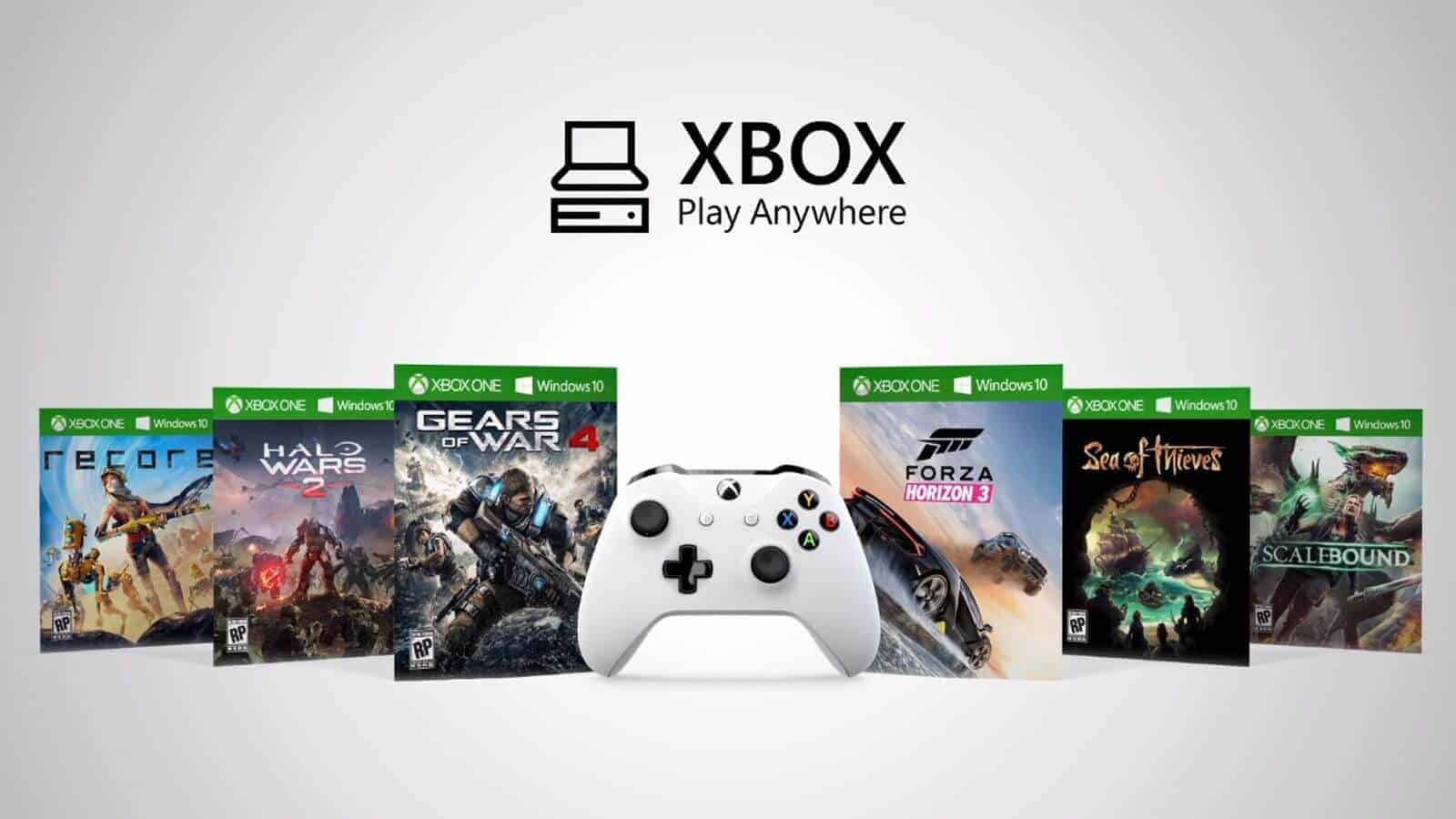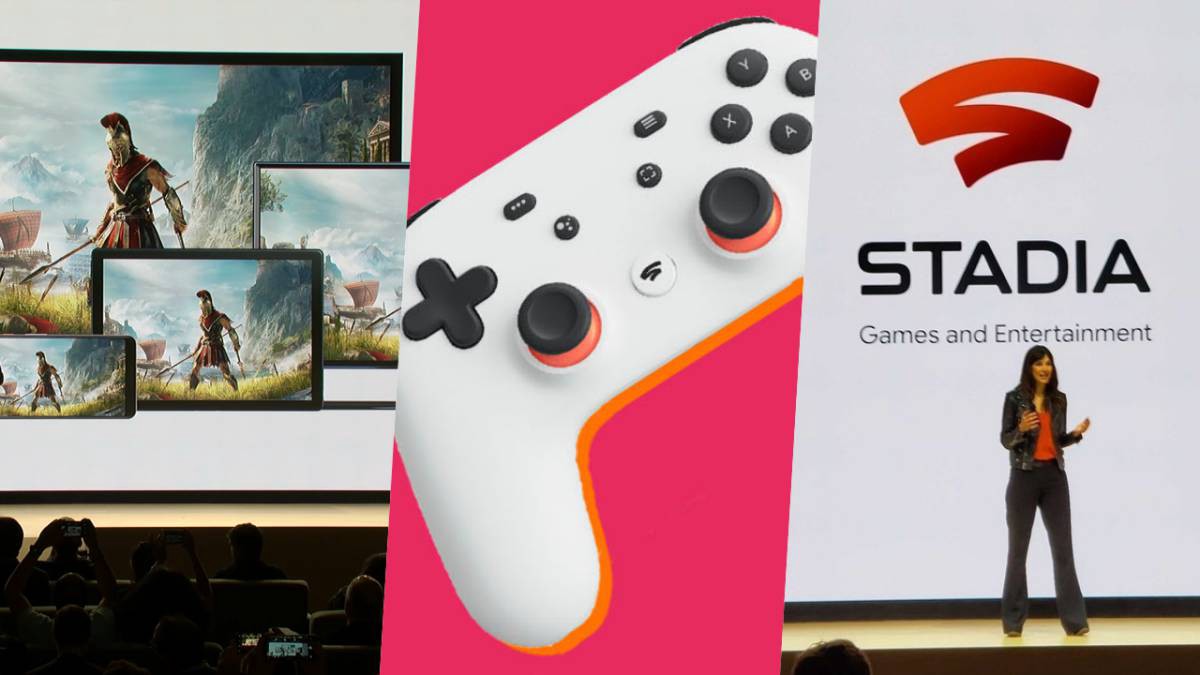If you said to me just 10 years ago that in the future you’ll be able to play video games on your mobile device whilst out of the house, I would have probably told you I don’t believe you. Yet here we are in a world where internet connections are vastly improving in many countries and cloud gaming is slowly becoming more established. I’m heavily invested in trying and testing in these areas and have submerged my head deep into the depths of Nvidia GeForce Now, the soon-to-be-extinct Google Stadia and Xbox Cloud Gaming. The question is, where does the future lie outside of powerful PC builds and games consoles?

Physical Media Is Dying
Early on in the generation of Xbox One and before that, I was always in the mindset of buying a physical copy of every major release I wanted. Seeing all my collection neatly stacked on my shelves was almost like a badge of honour and constantly surveying the presence of the history of the generation you were gaming with was always pleasing. In around 2016 though, we slowly started to see a transition from physical to digital media.
Sadly this would start to be a slippery slope and decline in customers into shops on the high street. Being able to pre-order and pre-install titles the moment you clicked the buy button on your console was far more convenient than going out to the shops or even waiting for the mail to drop through your letterbox. For me this was the start of the conversion, I slowly replaced my plastic-boxed games by embedding them into my digital library.

Midnight Launch Queues Are No More
It actually makes me a little emotional to think that midnight launches at game stores don’t really exist anymore. Sounds a little sad doesn’t it? But I used to adore the build-up to a huge title launch such as Grand Theft Auto 4, Halo 3 and Call of Duty Modern Warfare 2. The anticipation for games of this calibre was immense with millions across the globe making their way to the stores in preparation for the clocks hitting 00:01.
It was like the feeling of Christmas for me, all the hype and build-up to finally get the product in the hands. Queuing in the cold, wet and dark streets to finally get your foot in the door and get that shiny new copy of the game you’ve had your eyes on. There was no other atmosphere like it, everyone was there for the same reason and all with the same feelings of excitement. The gaming world becoming digital has unfortunately taken these memorable moments from us as it’s simple to just click play on your console at one minute past midnight instead.

What Even Is Cloud Gaming?
For those not in the know and yes, there are still gamers out there who won’t have really paid attention to cloud gaming as it doesn’t fit their habits, I will explain. Cloud gaming is essentially games streamed down to whatever device you’re using from remote servers. Think of the way you consume Netflix, Amazon Prime and other on-demand media services and you’re on the right track albeit in video game format.
Cloud gaming has great advantages if you’re using a connection that is stable with great speeds and connectivity. It eliminates the requirement to purchase the costly hardware that is normally needed to run the games you want to play. There are obstacles of course depending on the situation and location. Some areas of the world have strict data caps and more congestion and traffic on their ISPs that may affect the ability of streamed games to perform well.

The History Of Cloud Gaming
It’s hard to find how early on the concept and construction of cloud gaming started and its total journey without deep research. Attempts were made during the early to mid 2000’s but they weren’t entirely fruitful due to the technology around at the time and the huge costs. Consumers are only just starting to reap the rewards of this advancement in cloud technology after years of research. Nvidia GeForce Now is a project that dates back a decade, project xCloud from team Xbox was first shown in 2019 but likely had years of work behind it.
As we entered into 2020 and the wrath of COVID-19 changed the world. Cloud infrastructure was needed across the board in business, zoom meetings, video calling and more became the norm for people around the world who weren’t used to this kind of tech. The gaming side of the fence started to see vast improvements also with developers and publishers all wanting to jump on the Cloud megabus for a piece of the action.

Play Anywhere
Phil Spencer and the teams behind him have structured the ethos of “Play anywhere” and continue to build on this. After a lacklustre last generation where the Xbox One was marketed poorly, Phil came on board and steadied the ship and drove the business in the right direction. The introduction of Xbox Game Pass and its evolution means that currently gamers can feast on 400+ titles with an Ultimate subscription.
In the testing phases of project xCloud we were limited to just a handful of titles on mobile devices only in 2019. Whilst the service functioned fairly well, it wasn’t fantastic. The foundations were laid but the infrastructure needed more power and purpose to be something that could be used on the regular. Significant progress has been made at the time of writing and you can currently game on the move with a vast range of peripherals to enhance the experience. Bring with this, the ability to utilise the cloud from the console, giving you the options to save that all important hard drive space for the titles you pour the most time into.

The Demise Of Google Stadia
Google Stadia was the birth of something fresh at the back end of 2019. After some behind the scenes testing and an announcement in 2018, Google decided to try and get their foot in the door in the gaming market.
The vision was promising, with the service being accessible just using Google Chromecast or a compatible Android TV with a controller. There were several industry veterans in the background with the premise of building exclusive content for the platform. Many developers and publishers were also on board with even large titles such as The Quarry and High On Life originally being developed specifically for Stadia.
RIP Google Stadia 2019-2023
Sadly the announcement that Google would be slamming the door shut on Stadia in early 2023 wasn’t much of a surprise. After it was announced in early 2021 that no first party games would ever come, it was only downhill from there on. I feel the platform was never marketed well at all with such strange pricing structure and no incentive to ever invest over an already established platform.
The service will shut down completely on January 18th 2023 with users able to redeem refunds for all hardware and software purchased through the Google storefronts. With this news though, it was a massive shock to developers who had been working hard on projects for Stadia. They weren’t informed prior to this bombshell which was unleashed on Twitter. This meant months if not years of wasted work and talent for an outlet that won’t be around in a few months time, it remains unclear whether these teams will be compensated.
Fantastic Performance, Poor Marketing Decisions
The unfortunate facts are that Google Stadia was the best-performing streaming platform around. Almost all of the time inside the home I did not suffer from any performance problems. The issue was pricing and having to pay for your games to perform at optimum quality even after you’d shelled out for them. For your library to achieve 4k HDR and 60FPS you had to subscribe to the Pro Tier which would cost around £8.99 a month.
There was the added incentive of free monthly games, a little like PS Plus and Games With Gold. But if this didn’t interest you, you’d be locked into playing games at lower resolutions, not what you want after you pay £60 for a game and then have to stream it too. This is an example of how difficult it is to break into a market with millions of players. If you don’t market it well and have exclusive content and accessible service, it’s a write-off.

So, Is It The Future?
I could continue to write about the ins and outs of every streaming platform that has been, gone and is current. But one thing is clear, cloud gaming foundations are clearly cemented into a future picture. Nvidia GeForce Now and Xbox Cloud Gaming appear to be at the forefront of today’s existence and whilst they are both far from perfect, their evolution keeps evolving for the better. As the world, technology and market reach catch up I do truly believe that streaming games will be a more permanent feature within the next decade or so.
Whether it will ever replace hardware remains to be seen, but I feel this is a long way off. Xbox has already ticked off 10 million unique users to Xbox Cloud Gaming and this is forever growing. With a streaming box teased from Microsoft and more recently Phil Spencer’s iconic background shelving system, we now know that Xbox is all in for

